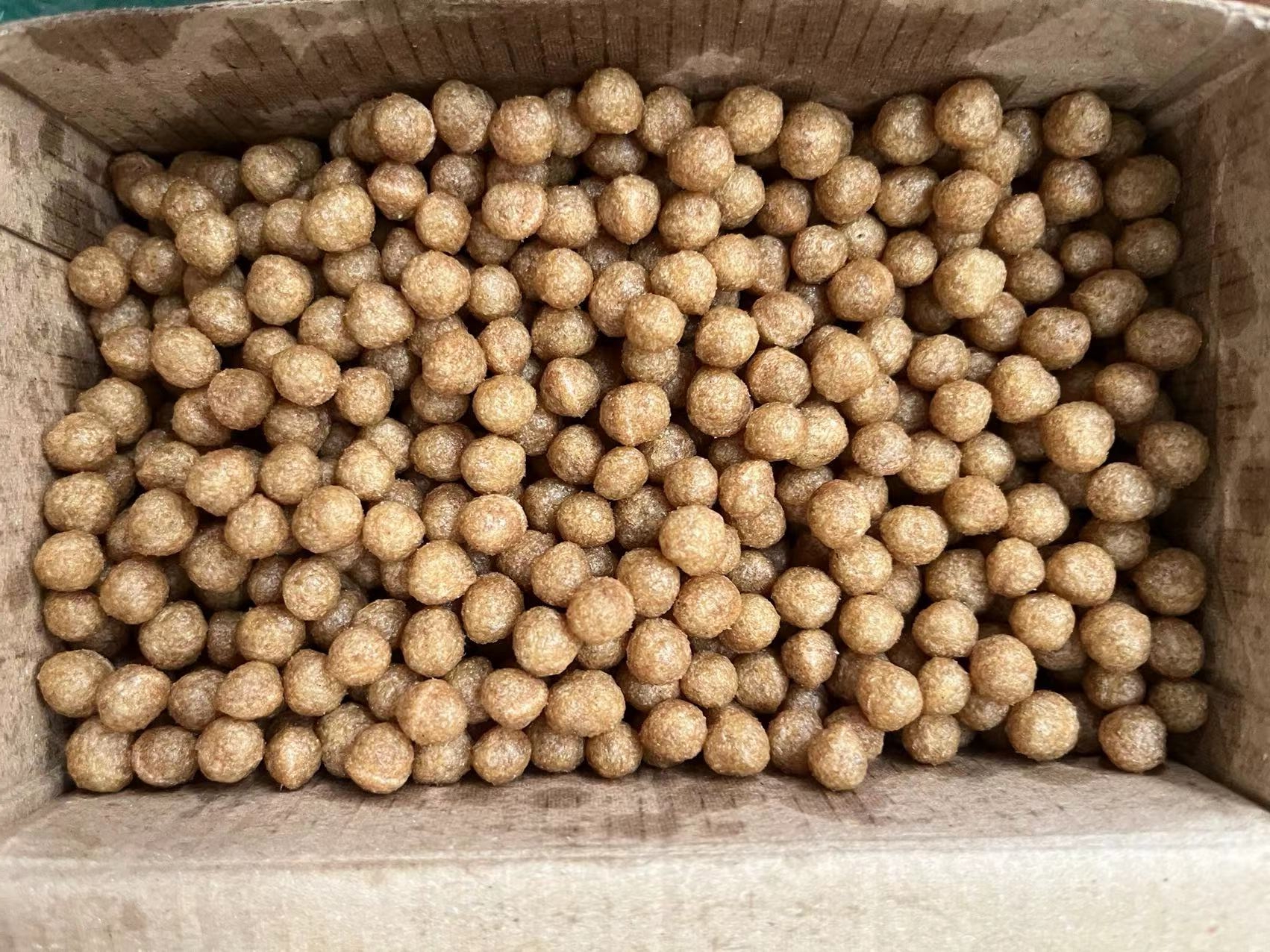1 Feed crushing particle size and uniformity
1.1 Pulverized particle size It is reported that when the particle size of weaned piglets is reduced from 900 μm to 500 μm, the increase in the processing cost of the diet is less than the compensation caused by the increase in the feed conversion rate. When the grain size of corn crushed in the growing pig diet was changed from 509 to 1026 μm, there was no significant effect on the daily weight gain of pigs; but with the decrease of grain size, the feed conversion rate increased, and the grain size range for optimum production performance was as follows: 509~645μm. When the crushing particle size of corn in the finishing pig diet was 400-1200 μm, the feed conversion rate increased by 1.3% for every 100 μm decrease in particle size. When the corn crushing particle size was reduced from 1200 μm to 400 μm, the feed intake and digestible energy intake of lactating sows, the digestibility of dietary dry matter, energy and nitrogen, and the litter gain of piglets all increased. The content of 21% and 31% respectively. When the corn particle size in the simple diet was reduced from 1000μm to 500μm, the daily gain of piglets was significantly increased, while the daily weight gain of pigs in the complex diet was less affected by the corn particle size. The suitable particle size of feed for 0-14d and 14-35d after weaning is 300μm and 500μm; for growing-finishing pigs and sows, it is 500-600μm and 400-600μm, respectively.
1.2 Pulverization uniformity Roller pulverizer has higher pulverization uniformity than hammer pulverizer. The conversion rate and growth rate of wheat when crushed with a roller mill are higher than those of a hammer mill. When the corn grinding uniformity increases, the production performance of finishing pigs is not affected, the digestibility of dry matter, nitrogen and total energy of the diet tends to increase, and the dry matter discharge in the manure decreases; The pulverizer can improve the digestibility of nutrients in the diet and reduce the dry matter in the feces by 19% and the nitrogen discharge by 12%. So you can come to see the
fish feed extruder machine in LIMA.

2 Mixing uniformity of diet
According to reports, when the coefficient of variation of the piglets' diet mix uniformity decreased from 106.5% to 12.3%, the daily gain and feed conversion rate increased by 32.5% and 19.2%, respectively; and when the finishing pigs' diet mix uniformity coefficient of variation was reduced from 53.8%. When it dropped to 14.8%, there was no significant improvement in production performance. Therefore, the uniformity of diet mixing has a greater impact on young animals and when they eat non-full-price diets. Therefore, the suitable coefficient of variation of feed uniformity for piglets is 12%; the lowest coefficient of variation of feed uniformity for finishing pigs is 15%.
3 Granulation
Because pellets have many advantages over powders, they are widely used in the production of weaned piglets. The content of trypsin inhibitor was greatly reduced by granulation of raw soybean meal. Feeding corn or sorghum meal to finishing pigs and sows, respectively, results in that the feed conversion ratio, apparent digestibility of total energy and nitrogen digestibility of pelleted feed were significantly higher than those of meal, but there was no significant difference in weight gain. It has been reported that the average daily gain and feed conversion rate of pigs fed pellet feed before 5 days of age are 25% and 36% higher than that of powder feed, respectively, and the particle diameter (2-12mm) does not affect the growth performance of pigs; The daily weight gain and feed conversion rate of pigs with a particle diameter of 4 mm were the highest during the period from day 29 to the age of 29; the growth rate of pigs from the age of 29 days to the finishing period was not affected by the form of feed, but the feed conversion rate of pellets was better than powder. It has also been reported that when sieved pellets are fed to piglets, the feed conversion rate is 4.5% higher than that of pellets containing 15% or 30% fine powder; From 0 to 60%, the feed conversion rate decreased, and there was no significant difference between daily gain and nitrogen digestibility and backfat thickness.
Although granulation has advantages, retinol, vitamin K, ascorbic acid, carotene, vitamin E and thiamine are more sensitive to granulation. Studies have shown that the granulation temperature of 75 ℃ and 95 ℃ can reduce the activity of β-glucanase by 40% and 70%, respectively, and the activities of β-glucanase and cellulase are completely lost when the temperature exceeds 110 ℃; When the grain temperature was 79 °C, the phytase activity decreased by 45.8%, and at 80 °C, it decreased by 87.5%, and the activity loss was large.

